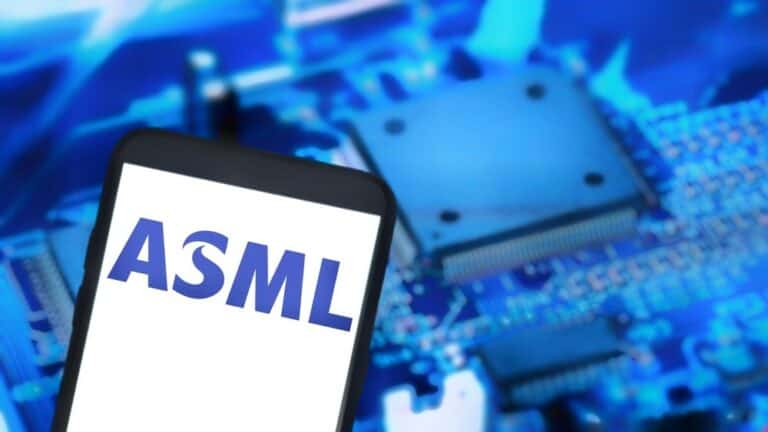ASML’s first shipped High-NA EUV scanner is functional. Head of Technology Development Ann Kelleher of first customer Intel confirms that “first light” has been achieved. An important milestone, although much work remains before chips with the new EUV technology are created.
When the Twinscan EXE:5000 was shipped to Intel at the close of 2023, there was still much work to be done. First of all, this is a test machine that serves as a pathfinder to enable new chip manufacturing processes at scale in the future. The Twinscan EXE:5200 will follow to achieve mass production in 2025.
First light
For now, countless tests remain to be performed, but one milestone has already been reached. “First light” normally refers to a first astronomical observation made by a telescope. In ASML’s case, it refers to decisive proof that the EUV device is functional. Since Intel is receiving the system in modules and is still busy assembling it, it does not mean that test chips can already be manufactured continuously. Kelleher does state that light has been placed on a silicon wafer for the first time for sketching a chip design. According to an ASML spokesperson, this development has taken place “very recently.”
Intel is the High-NA EUV scanner’s first customer, having been reluctant to place orders when EUV lithography was introduced just under a decade ago. That led to the company falling behind versus TSMC and Samsung, something it now hopes to avoid. Either way, a head start in the testing process will drive Intel’s ambitions.
Also read: Microsoft deal and ASML tech complete Intel resurgence
